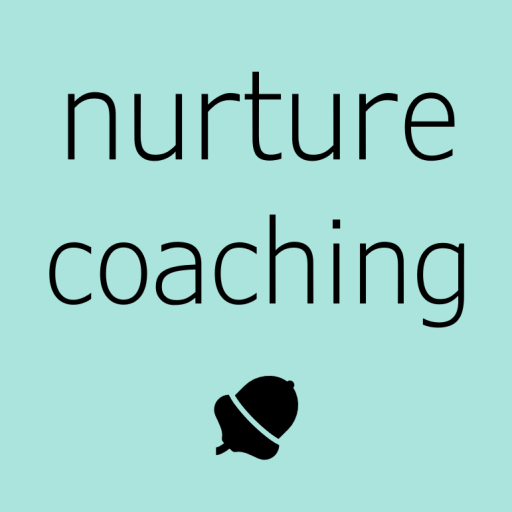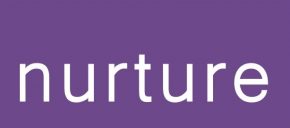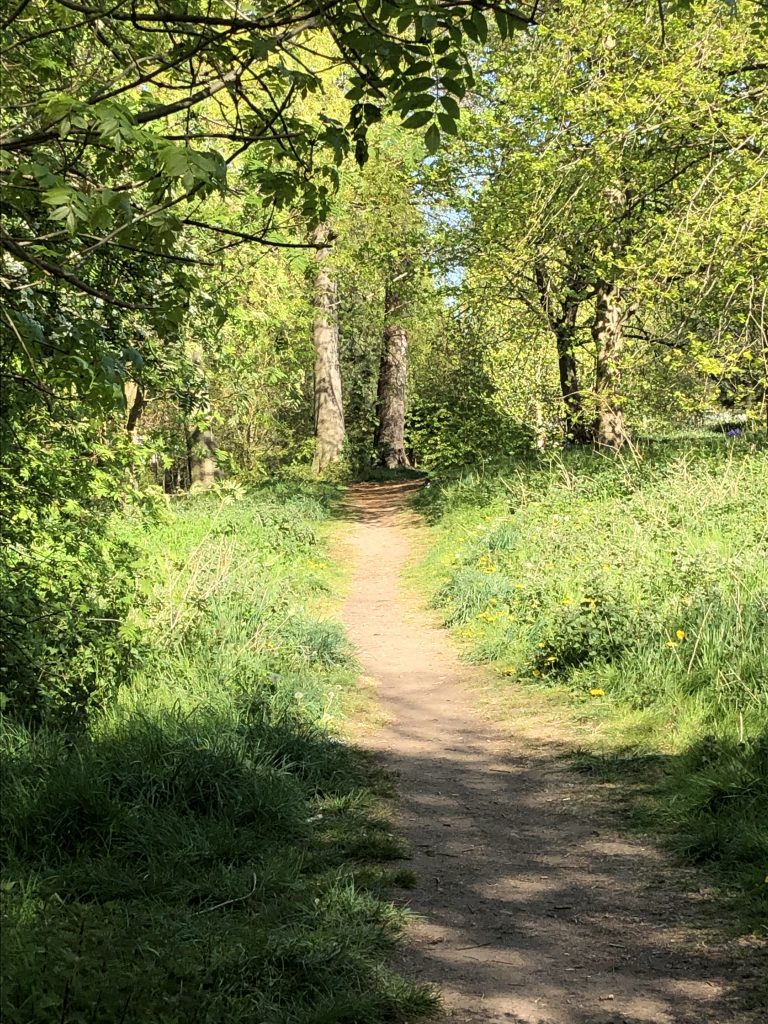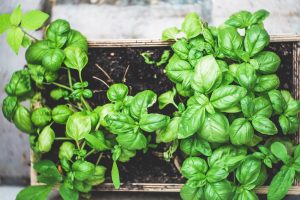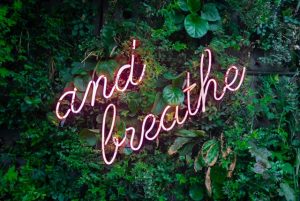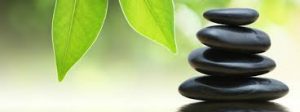When I’m having initial discussions with parents interested in baby massage, the one question that nearly always comes up is: when is the right age for their baby to come to classes – will their little one be too young or too old?
As with so many decisions in life (especially parenting!) there are no hard and fast rules – it depends on you and your baby. In this article I have outlined some of the things that you might want to consider in working out what is right for you and your child.
Firstly, let me emphasise that what we are talking about here relates to attending baby massage group classes – not baby massage itself. For infant massage in general there is no such thing as too young or too old! Many traditional cultures start massaging from the day that the baby is born, and continue doing so on a daily basis. And you can keep going as long as you and your child are both happy, just adjusting what you do appropriately: even teenagers may be happy to have a foot rub whilst they are sat watching TV with you, or a quick shoulder massage as a break from bending over their homework. The best way to think of massage is as an extension of positive, loving touch between you and your child – and there are no age limits for that.
Attending a baby massage course however does involve carrying out the massage in a specific place at a specific time, with other people – which means there are additional factors we need to consider.
Whilst thinking about the issues below, try to bear in mind that coming to baby massage classes, whatever the age of the baby, is something we do with our baby, not to them – it is a partnership. This is one of the ways that it is such a special time! But it also means that we need to have realistic expectations and understand that, whatever their age, our baby may not always want an hour long massage right at that moment – they may want to feed, or sleep, be picked up so they can look around, or simply have a cuddle. This is completely normal and appropriate and we work with this – all classes are baby led so you simply respond to your baby’s needs as and when you need to.
Starting Young
The youngest age for classes is 4 weeks old, with many babies starting around the 6 week point.
There are lots of advantages to coming at this young age.
- The main reason is that you and your baby are getting the benefits of baby massage from as early as possible. Baby Massage has been shown to have lots of positive outcomes including better sleep, help with tummy troubles, and improved development. By coming to massage class when your baby is still small you can be enjoying these benefits sooner! Whilst I don’t like to promise a magic wand, lots of parents do comment on how their baby is sleeping better, which can be a massive help at this age.
- Babies at this age are constantly taking in lots of new experiences so they naturally accept massage as one of these.
- It builds straight away on that early bond between parent and baby.
- It gives you an opportunity to learn massage at an early stage in your life as a parent to this child, and you can then use it as part of your general life and routines for a greater length of time.
- This can sometimes be a difficult time for parents – physically and emotionally demanding but maybe not fully settled into their new life – and the support of other parents can be invaluable.
- Baby massage has been shown to improve parents’ confidence, and help reduce post natal depression – again, great benefits to have at this early stage.
Babies at this age tend to spend a lot of time feeding and sleeping, and less time in the awake/alert phase. This can mean mums feel they may miss out on class time if their little one is asleep or needs to feed. However, it is important to remember that the hour you spend at baby massage class is only one element of the experience – there will be plenty of opportunities for you to massage your baby at home in your own time. I always have a spare demonstration doll for mums to use if their baby is sleeping, so they can still practice the moves and build up the muscle memory for when they practice at home. In terms of feeding, most babies will need a feed or a nappy change at some point during the class! All classes are baby led so you can respond to your baby’s needs, whenever you need to.
The other issue to consider at this stage is you! For some new mums, getting out of the house for a specific time can be quite stressful, whilst for others having a bit of routine, getting out of the house and chatting to other mums can be a lifeline and a highlight of their week. Also make sure you are ready physically to come to the classes – it isn’t particularly demanding but we are sitting on the floor for the session.
Anecdotally, from my experience teaching infant massage, I tend to find that for the babies that come to my classes at 5-6 weeks, the mums may not get much massage done in the first week, but by the end of the course their babies are the ones who are most relaxed!
Older babies
Baby massage classes are restricted to pre-crawlers. The main reason for this is that babies who have started being able to move around usually like to practice their exciting new skill a lot, and it is harder to learn massage on a constantly crawling baby! It can also be less relaxing for everyone if we have bigger babies crawling over little ones as they are having their massage.
However if your little one has not yet started crawling, there can be lots of benefits to bringing an older baby to class.
- there will usually be longer periods of time when your baby is awake but not needing a feed, so you are more likely to enjoy the full massage time in class.
- You may well have settled into more of a routine, possibly even getting a bit more sleep, so getting out and about is easier.
- Babies who have developed better head and upper body control will enjoy showing this off whilst they have their back massage. Hands are also more open and easier to massage.
- Parents are often more confident and ready to learn a new skill
- As feeding may be happening less often, parents enjoy a new way of physically bonding and skin to skin contact with their baby.
Don’t worry if your baby is a bit wriggly and rolling over – a lot of moves can be adjusted to accommodate this. However you may need to be a bit more patient and ready to be creative!
If you still aren’t sure what is right for you and your baby, please feel free to get in touch to discuss your particular situation.
We can also arrange 1:1 classes in your own home, which means we can adapt the session to your own individual requirements, and this also means we can cover a wider range of ages.
Whatever the age of your baby, don’t miss out on the benefits that massage can bring for both of you!


